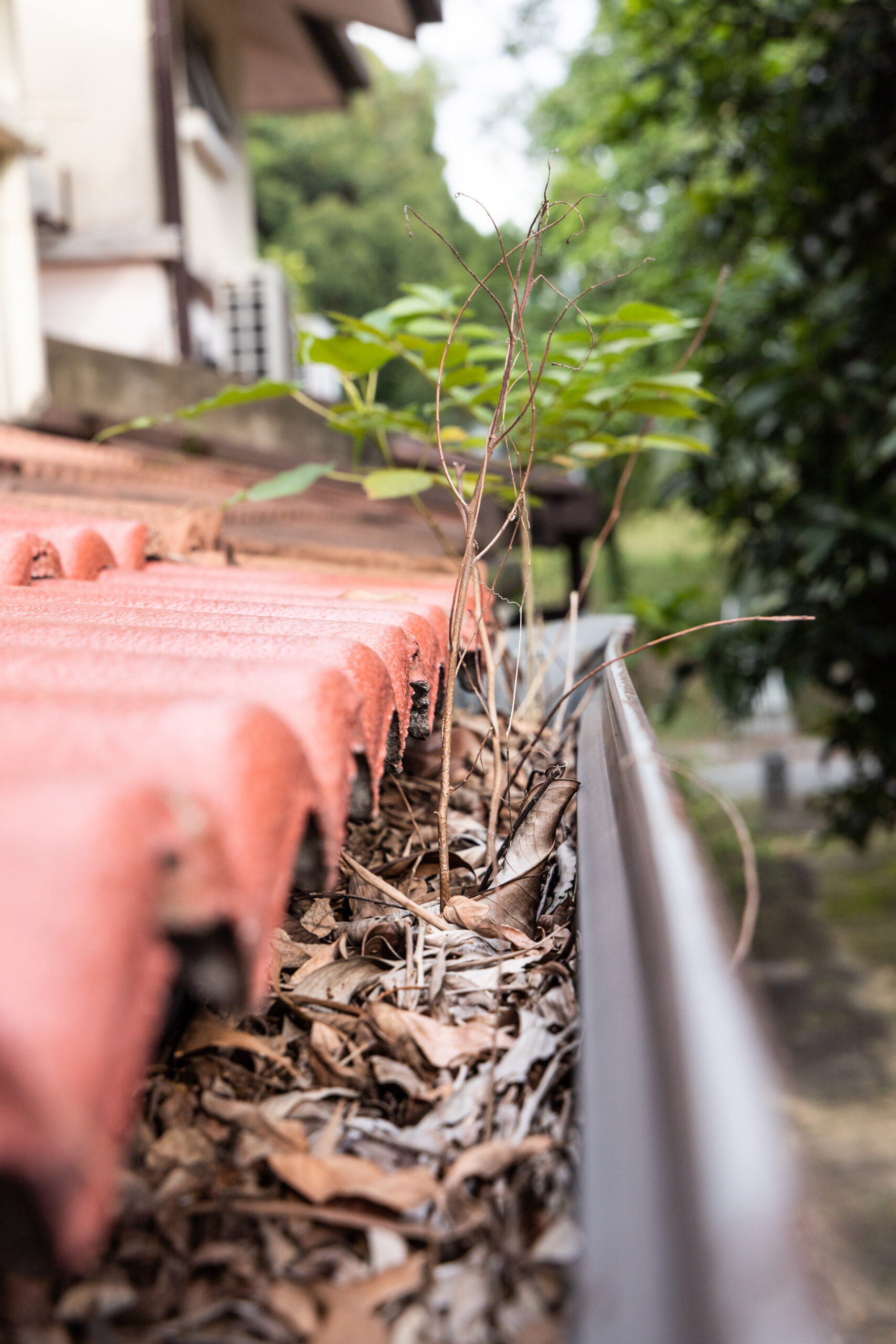Choosing the appropriate gutter size for a commercial property is an important decision that directly impacts the effectiveness of rainwater management systems. The size of the gutter determines its capacity to handle water flow, which is essential for protecting the building’s structure and foundation from water damage. This article explores how gutter size affects performance and provides guidance on calculating the optimal size for your building.
Understanding the Impact of Gutter Size on Performance
Gutter size is pivotal in ensuring that your commercial property’s drainage system can adequately handle the volume of water runoff from the roof. An undersized gutter can quickly become overwhelmed during heavy rains, leading to overflows that can cause water damage to the building’s exterior, landscaping, and foundation. Conversely, oversized gutters can handle larger volumes of water, reducing the risk of overflow and providing better protection during extreme weather conditions.
The performance of commercial gutters also depends on other factors, including the pitch of the roof and the area’s typical rainfall intensity. Steeper roofs tend to collect water more rapidly, calling for larger gutters or more frequent downspout placement in order to manage the increased flow. Similarly, regions with high precipitation levels require gutter systems with greater capacity to prevent water accumulation and potential damage.
How to Calculate the Optimal Gutter Size for Your Building
Calculating the optimal gutter size involves several key considerations, starting with the square footage of the roof. This figure is crucial as it directly correlates to the volume of water that the gutters must accommodate. The formula generally involves multiplying the roof’s square footage by the rainfall intensity (the maximum amount of rainfall in inches per hour that can be expected in your area) to determine the capacity required for your gutters.
Another factor to consider is the roof’s pitch. A higher pitch collects water faster, necessitating larger gutters or more downspouts to handle the increased flow rate. Roof complexity, including the presence of valleys and multiple levels, can also affect gutter size requirements.
Professionals often use specific calculations and standards, such as those provided by the American National Standards Institute (ANSI) or local building codes, to determine the appropriate gutter size for commercial buildings. Consulting with a qualified contractor who can assess your property’s specific needs and local weather patterns is recommended to ensure that you select the most effective gutter size.
Conclusion
Selecting the right gutter size for a commercial property is essential for maintaining its structural integrity and preventing water damage. By understanding how gutter size impacts performance and knowing how to calculate the optimal size for your building, you can ensure your property is equipped with an efficient rainwater management system. Always consider consulting with professionals to make an informed decision based on your building’s characteristics and local climate conditions.

